Gun range etiquette isn't just a set of rules; it's an essential code of conduct for ensuring safety and respect at the shooting range. The mastery of any skill or hobby involves not just the action itself, but understanding the nuances of its environment. Just as one wouldn't drive without knowing the road rules, stepping into a shooting range demands a grasp of the gun range etiquette.
This isn't merely about courtesy; it's about ensuring safety and fostering a sense of community among firearm enthusiasts. So, why is this etiquette so pivotal? Let's explore its significance for both novice and seasoned shooters.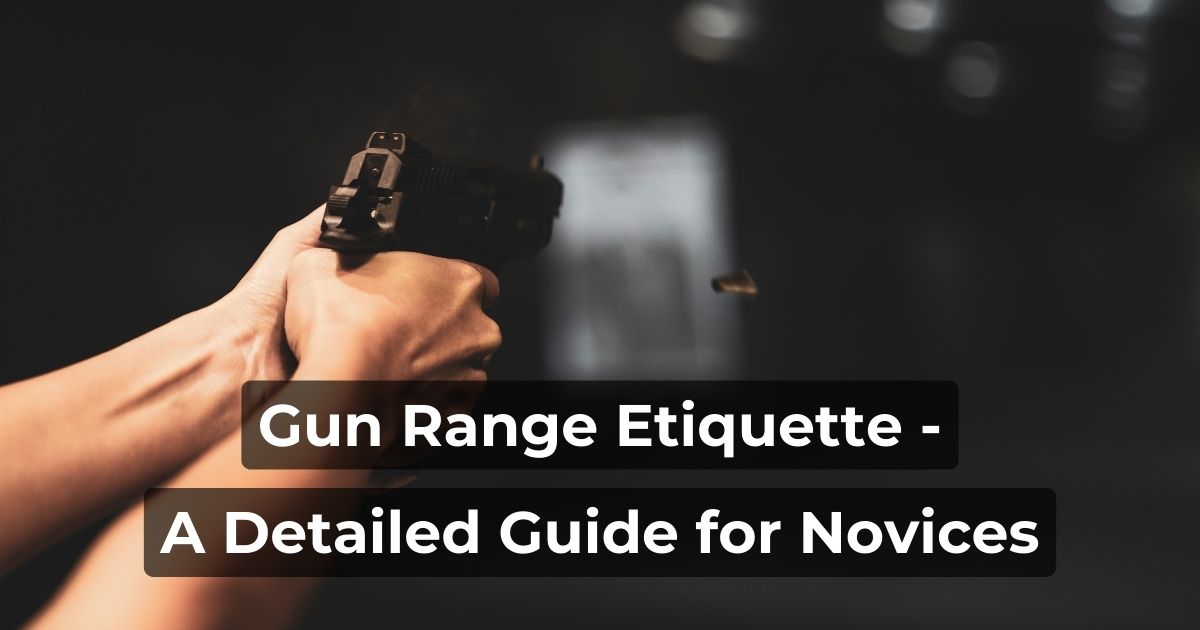
What You Should NOT Do When Going to the Range?
Safety should always come first at the gun range. Every experienced gun owner will stress the importance of following range rules to the letter. Even in the controlled setting of a range, accidents can happen if people let their guard down.
A common mistake by newcomers is getting too caught up in the thrill of firing a gun. This excitement can make them forget basic safety, like always pointing their firearm in a safe direction.
It's simple: always stick to the rules. They're there to protect everyone. Don't think that just because you're at a range, things can't go wrong. Treat every firearm with respect and caution, always.

Essential Shooting Range Terminology
For a beginner, the world of firearms can seem scary, due to the specific jargon used. Understanding key terms is not just about fitting in; it's vital for safety and efficient communication at the range.
Let's break down some basic shooting range terminology:
- Cold Range: Indicates that firing is not permitted at the moment. Firearms should be unloaded. This can also be referred to as "Closed Range" or "Cease Firing".
- Clear: Signifies the range is free of any obstructions or people. Wait for the go-ahead from the Range Safety Officer before shooting again.
- Downrange: The area of the range where targets are positioned. If someone is in this area, a command will be given to halt firing.
- Firing Lane: A specific section of the range where shooters are designated to fire. It usually comes with amenities like a bench and a post for targets. Shooters should stay within their assigned lanes.
- Firing Line: The spot where shooters set up to fire. The line could be marked or specified by the Range Safety Officer. It's typically at the shooting bench, and only those firing should be present there.
- Hot Range: A directive that firing can commence. This can also be called "Open Range" or "Commence Firing".
- Range Safety Officer (RSO): The individual overseeing safety and ensuring range rules are followed. They're the ones often giving commands, especially outdoors. Another name for them is "Range Master."
- Misfire: Occurs when the bullet doesn't fire as expected. If not addressed, it could cause unintended firing, which is potentially dangerous.

Gun Range Etiquette - Guidance for Newcomers
Tip #1 - What to Bring to a Gun Range?
The importance of preparation cannot be overstated. Equipping yourself with the right gear ensures not only an enhanced experience but also prioritizes safety. Here is the list of gun range essentials:
- Firearm & Ammunition: Ensure you bring the appropriate firearm for the type of shooting you intend to do. Also, don't forget the suitable ammunition!
- Ear Protection: Prolonged exposure to the loud sounds at a gun range can damage your hearing. Whether you’re a novice or a seasoned shooter, essential ear protection for shooting should be a must have.
- Eye Protection: Safety glasses shield your eyes from potential ricochets, debris, or any unforeseen mishaps.
- Targets: Bring your preferred targets or check if the range provides them.
- Personal Identification & Relevant Permits: Some ranges require ID or permits, especially if you're practicing concealed carry.
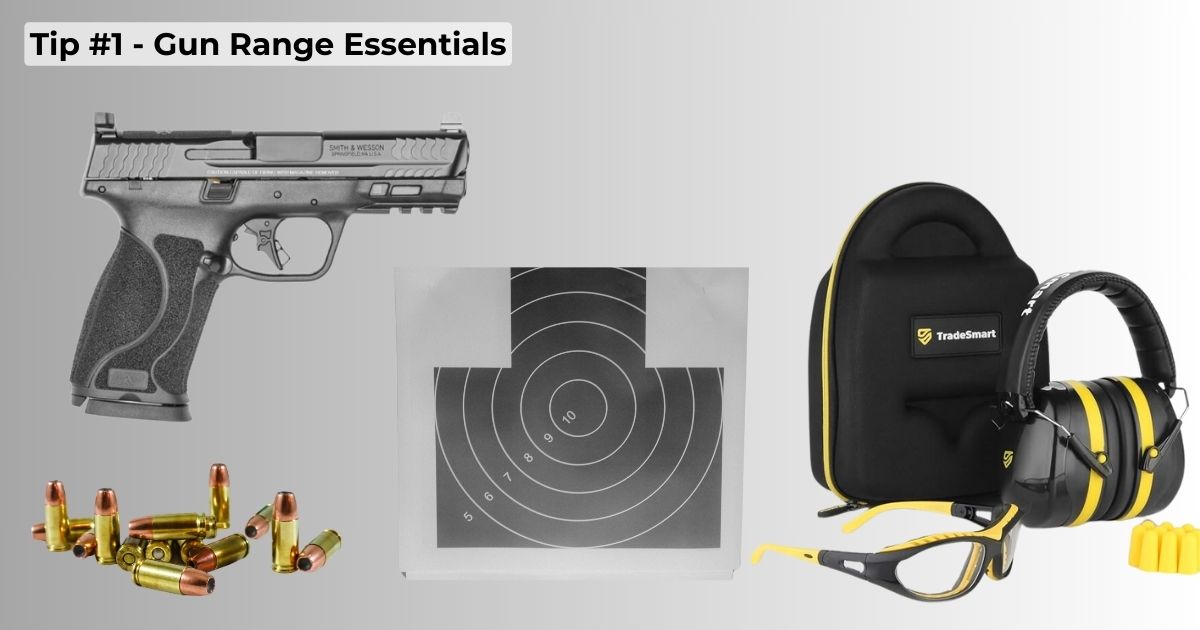 Our Recommendation: TradeSmart Professional Gun Safety Kit
Our Recommendation: TradeSmart Professional Gun Safety Kit
Designed keeping both the novice and the experienced shooter in mind, this kit blends quality with necessity. It contains:
- Earmuffs & Earplugs: With a high Noise Reduction Rate (NRR) and available in various colors, they cater to aesthetic preferences while ensuring maximum protection against harmful noise levels.
- Safety Glasses: ANSI Z87.1 Certified, these glasses come with options of clear and tinted lenses, ensuring protection and clarity.
- Carrying Case: A hard, compact case that's perfect for transport and storage, safeguarding your safety gear.
- Extra Accessories: The kit is inclusive of a microfiber pouch for safety glasses.
With a focus on quality, comfort, and safety, TradeSmart Professional Gun Safety Kit stands as a reliable companion for any shooter, ensuring they are well-equipped for their time at the range.
Tip #2 - NEVER Bring a Loaded Gun to the Range
Walking into a shooting range with a loaded firearm might seem like a logical move for some, especially if they think it saves time. However, this act poses significant safety risks not just for the individual, but for everyone at the range. Here's why:
- Unexpected Discharge: One of the primary concerns with a loaded firearm is the risk of it accidentally discharging. Even if you believe your safety is on or that you have full control, accidents happen. An unintentional trigger press or a malfunction can lead to unintended consequences.
- Safety Checks: Most ranges have strict protocols that involve checking firearms as shooters enter. If you have a loaded gun, this not only poses a risk but can also lead to immediate expulsion or even bans from the range.
- Heightened Tension: Other shooters and range personnel can become uneasy or alarmed if they discover someone has brought a loaded firearm into the facility. This can disrupt the calm and focused atmosphere necessary for safe shooting.
 Gun Handling Etiquette
Gun Handling Etiquette
- Always Assume It's Loaded: Treat every gun as if it's loaded, even if you're sure it's not. This mindset instills a level of respect and caution that can prevent accidents.
- Muzzle Direction: Always keep your gun pointed in a safe direction, typically downrange. This is fundamental in gun range etiquette.
- Finger Off the Trigger: Until you're ready to shoot, your finger should be away from the trigger, resting outside the trigger guard.
- Regular Inspection: Before heading to the range, inspect your firearm at home. Ensure it's unloaded and in good working order.
Tip #3 - Don’t Interrupt People in the Middle of a String of Fire
A shooting range, much like a dance floor, has a rhythm to it. Every shooter, whether novice or experienced, steps into this space hoping for an uninterrupted experience to focus, practice, and maybe even unwind. It’s crucial to recognize and respect the cadence established, especially when someone is in the middle of a string of fire.
Why is this important?
Focus is key - shooting requires immense concentration. An interruption can distract a shooter, potentially leading to mistakes or even dangerous situations.
How to Navigate the Range Rhythm
- Watch and Wait - If you're unsure about something or need to pass by someone, wait for a natural break. Look for cues like when they set their firearm down or turn to reload.
- Stay Aware - Understand the flow of the shooting range. Observe the safety officers, and listen for commands or instructions. They'll guide the pace and let you know when it's safe to move or when to stand still.
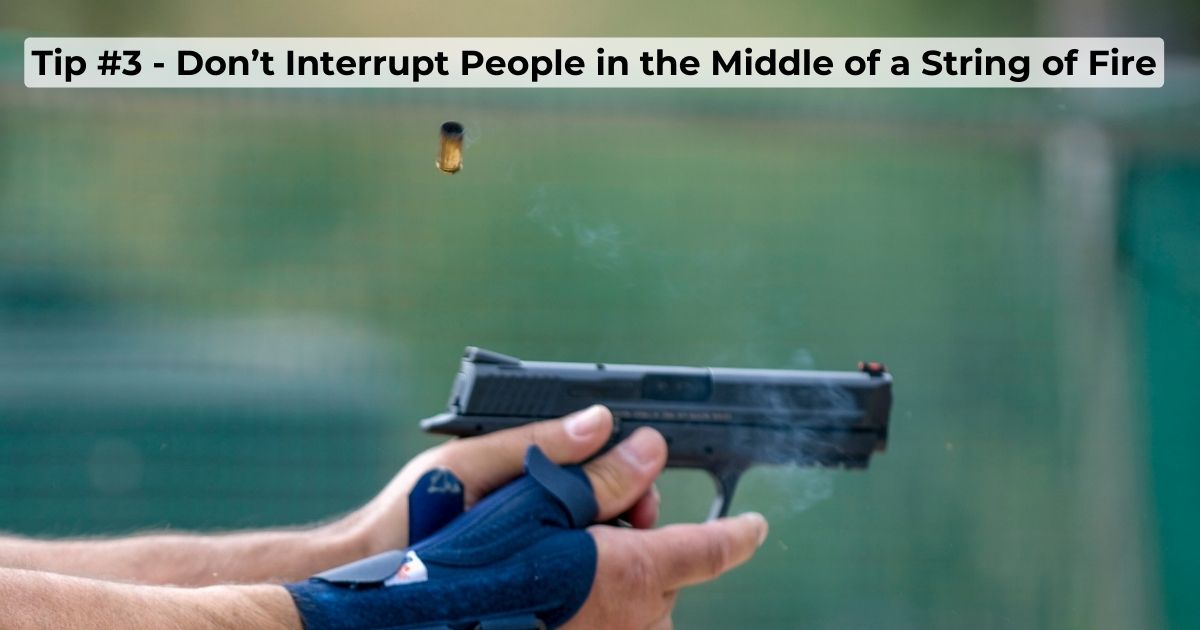
Tip #4 - Do Not Touch Someone Else’s Firearm Without Permission
Personal boundaries are paramount, especially at a gun range. Firearms are not just pieces of equipment; they are extensions of the owner's personal space and, quite often, their identity as a shooter.
Never touch or handle someone else's gun without explicit permission. Not only is this good gun etiquette, but it also prevents potential accidents or misunderstandings. Treating firearms with the respect and consideration they warrant ensures a safer and more congenial environment for everyone.
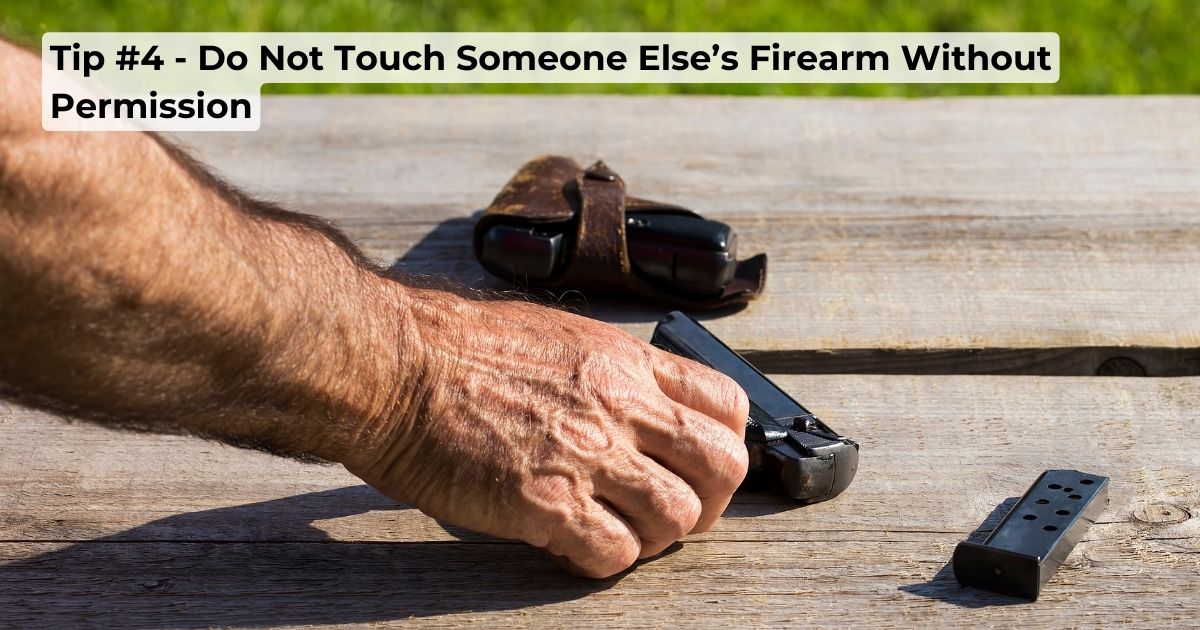
Gun Range Etiquette Tip #5 - Do Not Shoot Someone Else’s Target
Every target at the shooting range is assigned to a shooter and symbolizes their personal progress and practice. Shooting someone else's target is a breach of etiquette and can be confusing or frustrating for the other shooter.
Just as you wouldn't want someone marking on your work or task sheet, refrain from aiming at or shooting a target that isn't yours. It's essential to focus on your own progress and respect others' spaces and boundaries.

Tip #6 - Adhere to Commands from Range Safety Officers
The commands given by the Range Safety Officer are not mere suggestions but vital directives to ensure safety. Whether it's a call to "cease fire," or any other instruction, it's imperative to listen carefully and comply immediately.
These commands are standardized to prevent accidents and maintain an orderly shooting environment. By promptly recognizing and adhering to them, you contribute to the safety and efficiency of the range.
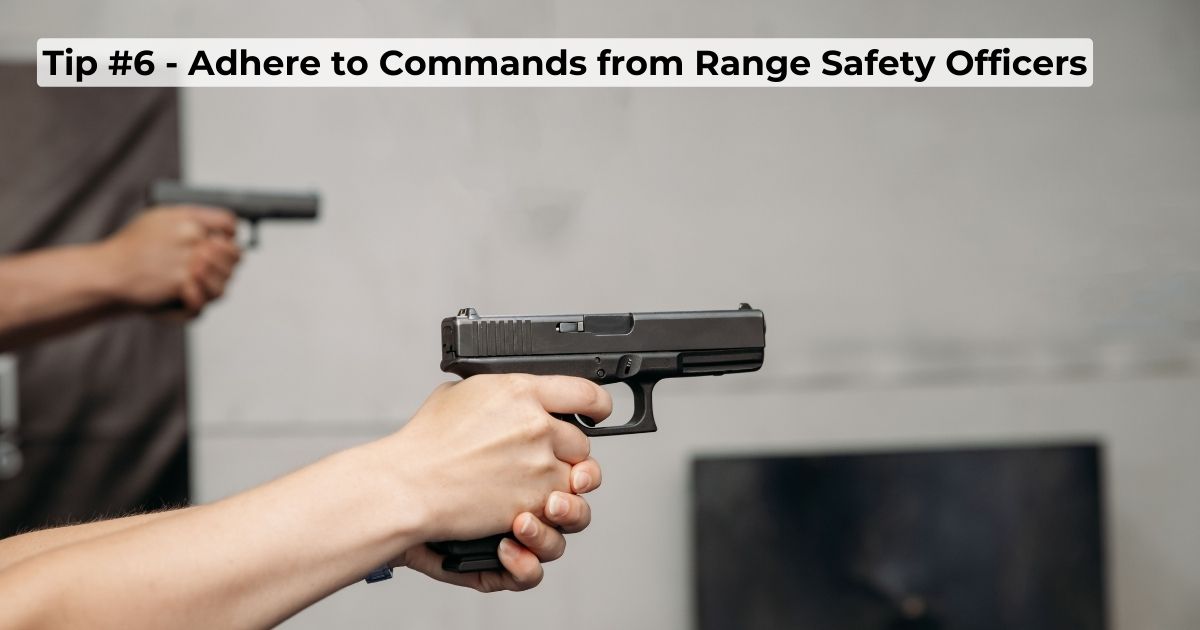
Tip #7 - Clean After Yourself
Cleanliness and orderliness are not just about aesthetics at a shooting range; they're integral to safety and respect. Leaving behind litter, be it used targets, ammunition boxes, or any other trash, can pose safety hazards and is a sign of disregard for others.
Always clean up after yourself and dispose of waste in the appropriate bins. Maintaining a clean environment is a collective responsibility, and doing so displays courtesy to fellow shooters and the range staff.

Tip #8 - Do Not Consume Food or Alcohol at the Range
Handling firearms requires undivided attention, clear judgment, and steady hands. Introducing food and, especially, alcohol into the mix can lead to potentially catastrophic consequences.
Consuming alcohol not only impairs one's ability to make rational decisions but also affects hand-eye coordination. Meanwhile, eating can be a distraction and can contaminate hands, making firearm operation unsafe.
When at a range, it's paramount to prioritize safety by refraining from any form of impairment, and that means keeping the range free from food and alcohol.
*Note: If you're considering starting competitive shooting, it's crucial to familiarize yourself with the specific etiquette and safety rules that apply in competitive environments, which can differ slightly from those at a regular gun range.
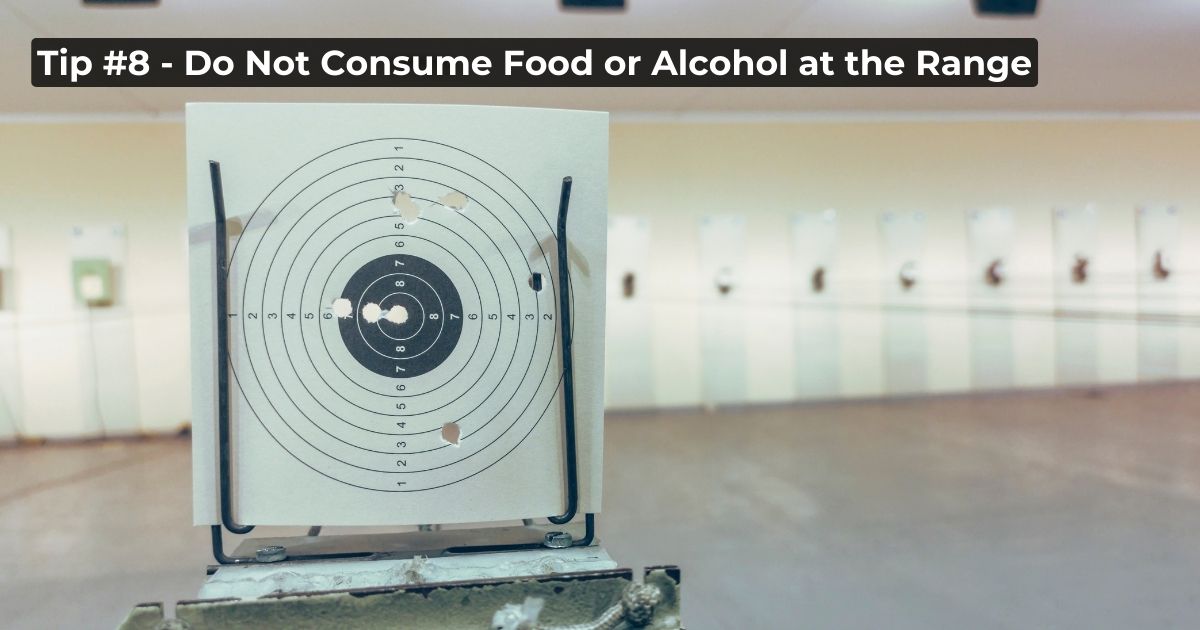
Tip #9 - Dress Appropriately
When visiting a gun range, dressing appropriately for the range is crucial.
Wear close-fitting clothing to avoid any interference with firearm handling; loose garments could get caught or impede your movement. Opt for breathable fabrics like cotton to stay comfortable, and consider layering to adjust to varying temperatures.
Safety extends to your feet as well, so closed-toe shoes are a must to protect against hot shell casings and provide stability. Long pants are advisable even in warm weather to shield your legs.
A hat or cap can be beneficial, especially outdoors, to keep the sun out of your eyes and protect your head. Check out the TradeSmart black tactical hat and see why it is the perfect example of combining functionality with fashion.
Ultimately, remember that practicality should trump fashion at the range; prioritize comfort, safety, and functionality in your attire to ensure a more enjoyable and effective shooting experience.

TradeSmart's Dedication to Shooting Range Safety
Education and training are the backbones of firearm safety. The Firearm Confidence Course pioneered by TradeSmart, serves as a shining example of this principle in action.
This course is meticulously designed to equip participants with the knowledge, skills, and attitude necessary to handle firearms with confidence and security.
By offering hands-on experiences coupled with theoretical instruction, it ensures that every participant leaves with a heightened awareness of safety protocols and a boosted confidence in their firearm handling capabilities.

Conclusion
Understanding the significance of safety, respect, and gun range etiquette is crucial. From the basics like never bringing a loaded gun to the range to nuanced etiquettes like not touching another person's firearm, every rule and guideline serves a purpose.
While understanding gun range etiquette is crucial for safe and responsible shooting, equally important is the process of choosing your home defense firearm, which requires careful consideration of factors like ease of use, reliability, and personal comfort.
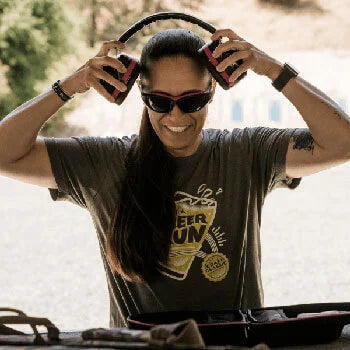
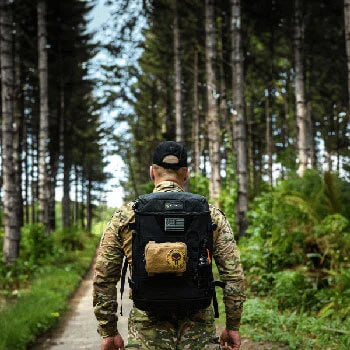
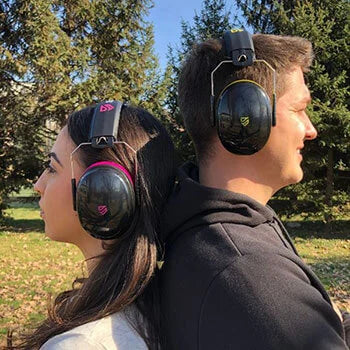
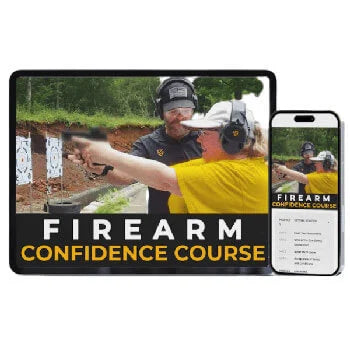
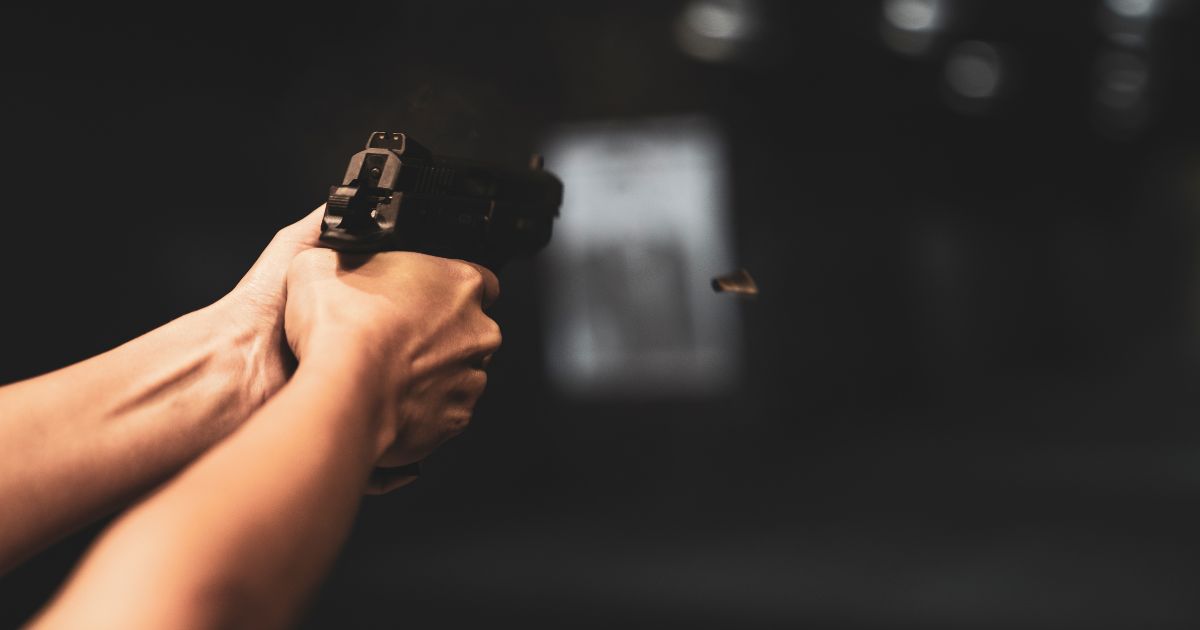




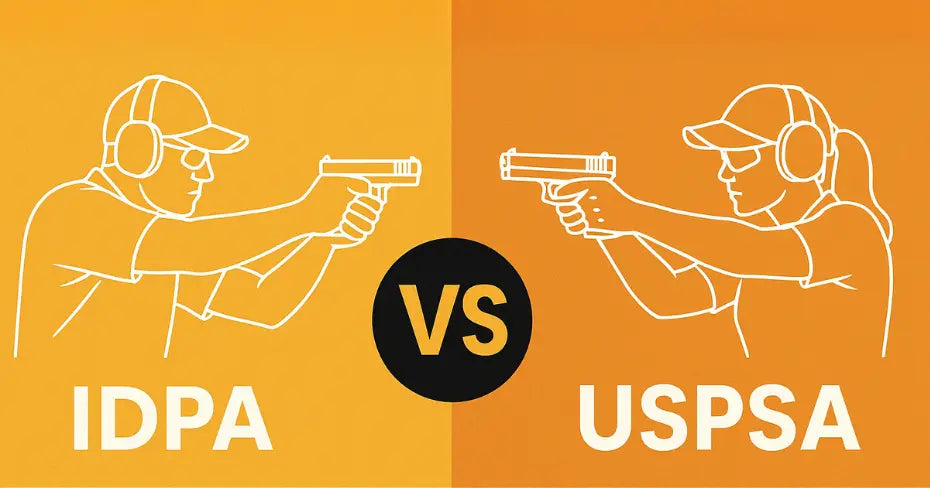
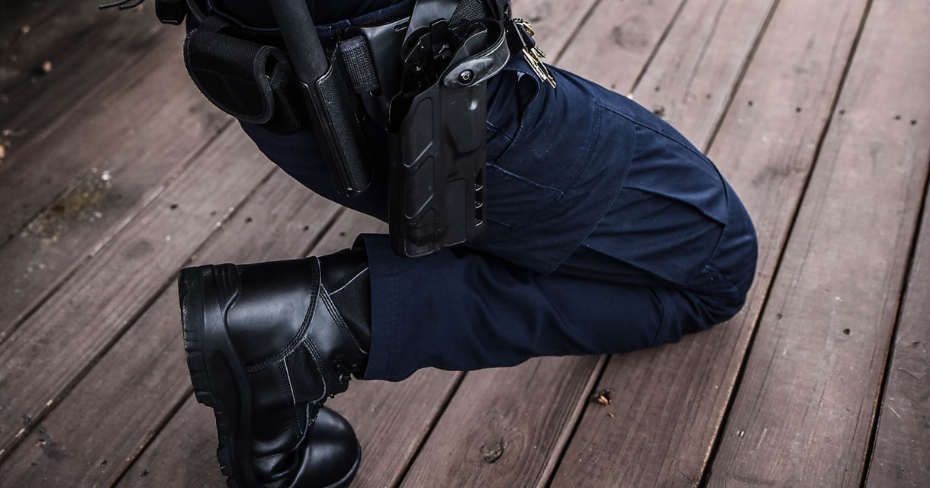
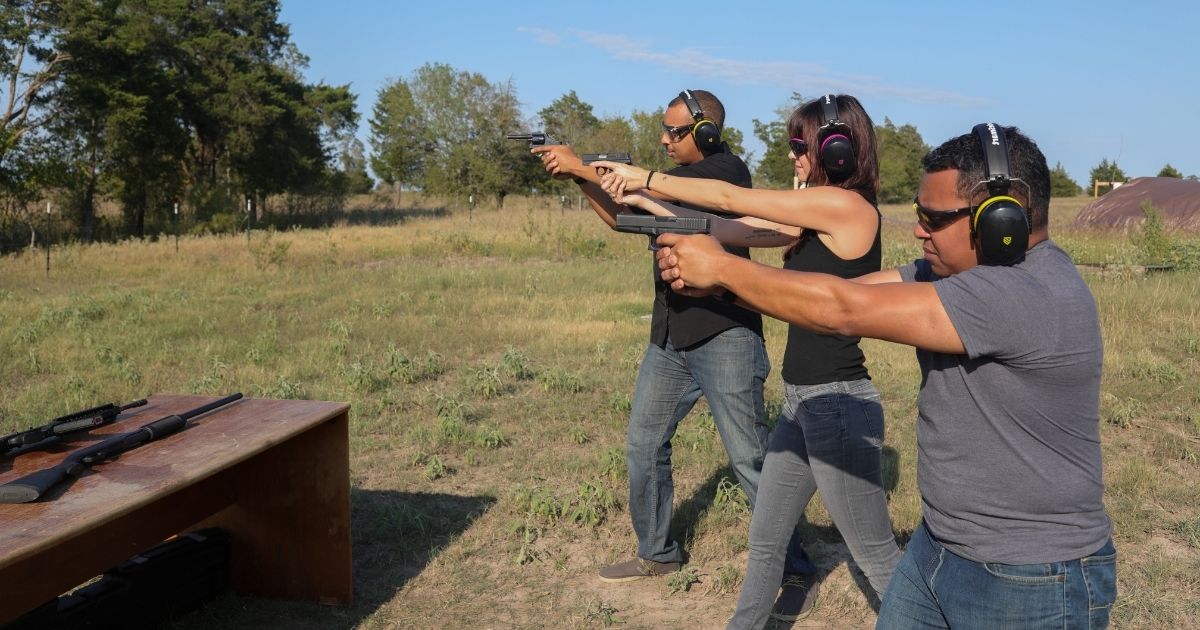
Leave a comment (all fields required)